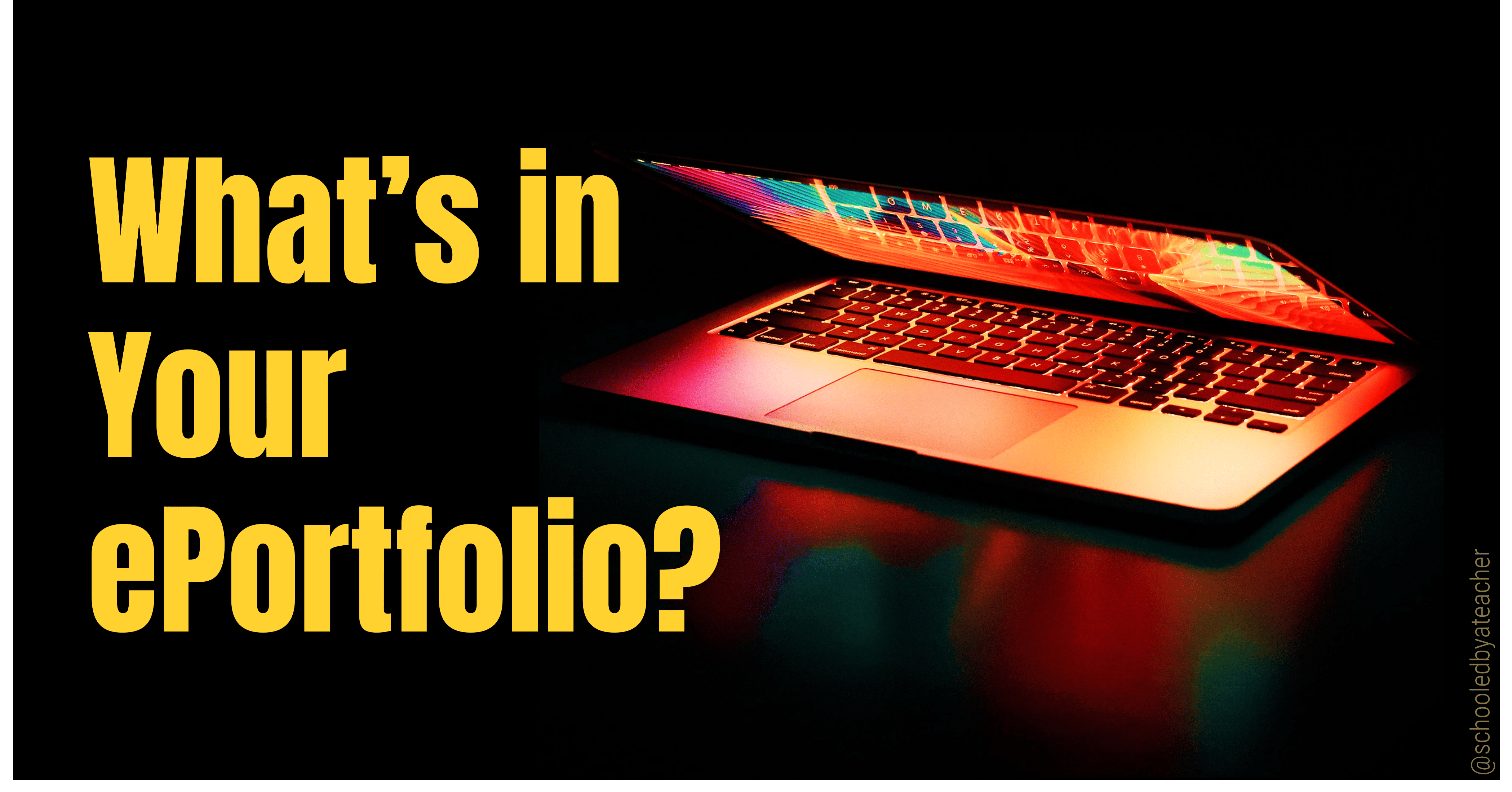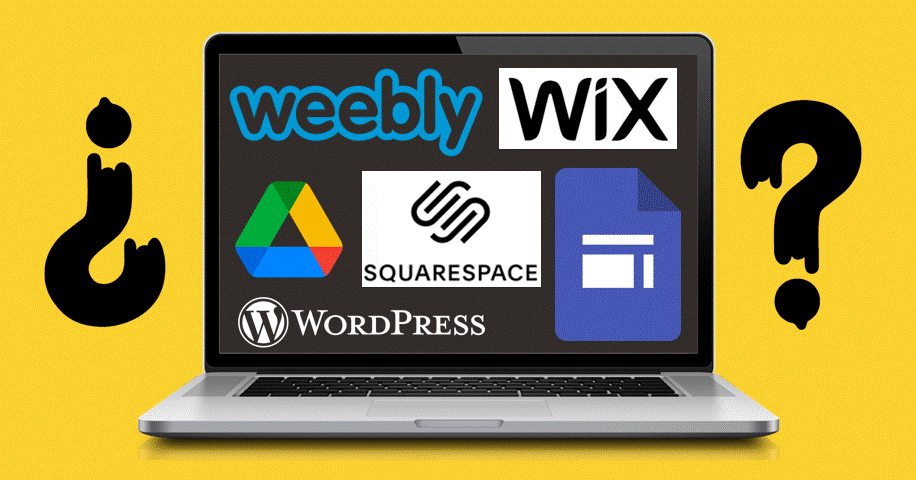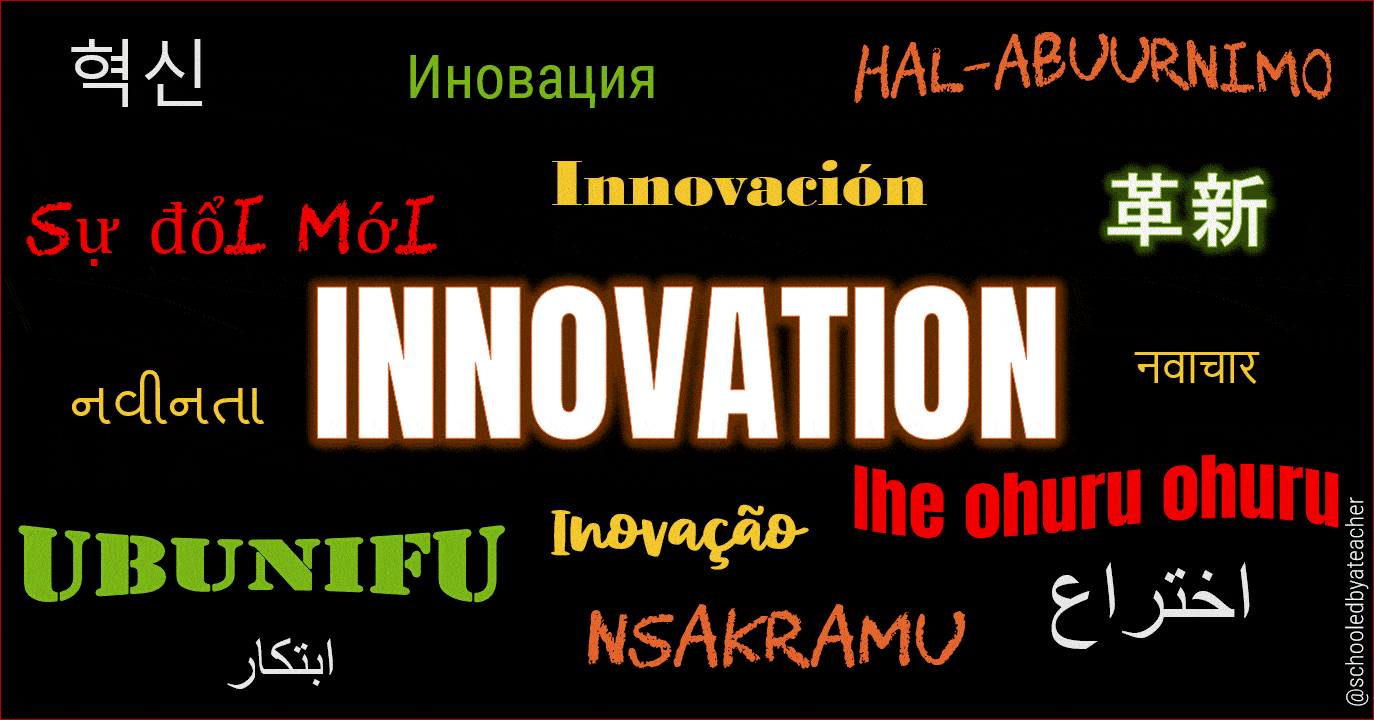The ePortfolio is your chance to showcase your skills, accomplishments, and experiences to the world. But with so much information at our fingertips, how can you ensure your ePortfolio stands out in the crowd? Fear not, for I have compiled a list of the top 5 content tips to elevate your ePortfolio to new heights. Buckle up, grab a notepad, and let’s get started!
Be Selective: Quality Over Quantity
When it comes to ePortfolio content, less is often more. Instead of bombarding your audience with every achievement and experience, be selective and choose only the best. No one wants to sift through an endless list of accomplishments… especially not hiring managers who are pressed for time and may have hundreds, sometime thousands of applications to sift through!
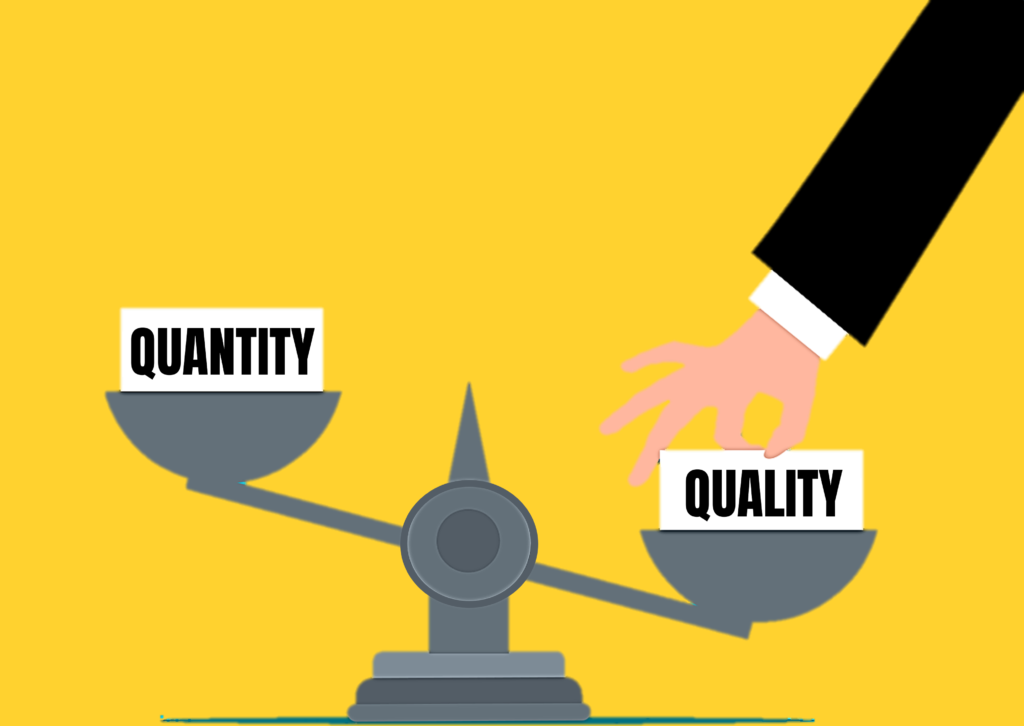
Believe me, I know this because I made the mistake of cramming a lot of items in my first “ePortfolio” in Google Drive. So, only choose your top projects, presentations, and experiences so that your ePortfolio has a more curated look and feel.
Tell a Story: The Power of Narrative
Humans are programmed to crave narrative. We use stories to make sense of the world around us. So, why not use this to your advantage in your ePortfolio? Create a true narrative that weaves each of your best experiences into a cohesive story that tells of the efforts you put into attaining your accomplishments. Showcase how each experience has contributed to your or your organization’s growth and development. Let your audience experience the real story behind the achievements, not just the finished product.

💡Bonus Tip – Use clear and concise language: Your ePortfolio should be easy to read and understand. Avoid using jargon, technical terms, or abbreviations/acronyms (without explanation) that your audience may not understand.
Show, Don’t Tell: Visualize Your Accomplishments
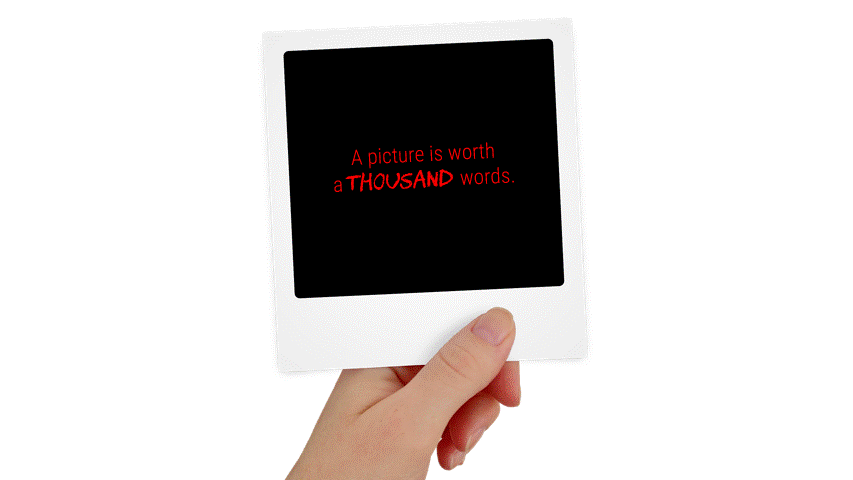
As the saying goes, “a picture is worth a thousand words.” Where possible, use visuals to demonstrate your accomplishments. A photo, graph, chart, or infographic can convey more information than paragraphs upon paragraphs of text. Utilize multimedia elements like videos or podcasts to showcase your communication skills. Show your audience, instead of just telling them, and breathe life into your ePortfolio. Doing this will give you more credibility and authenticity because there is visual proof of your accomplishments instead of only words.
Keep Your Audience in Mind
When creating your ePortfolio, it is important to keep your audience in mind. Who are you hoping to reach with your ePortfolio? Are you targeting potential employers, professors, clients, or a combination of these? What are they looking for? What will help them to understand your skills and potential? Once you know your audience, you can tailor your content and presentation to their interests and needs. Tailor your ePortfolio to your audience and make sure that it is easy to navigate and understand. Remember, this is the first impression potential employers, professors, or clients will have of you – make it count.

Keep it Fresh: Update Regularly
Your ePortfolio is not a once-and-done assignment. It’s a living document that should be updated regularly. Add new projects, accomplishments, and experiences as they happen. If you’ve started a new job or taken a course in a new skill, make sure it’s reflected in your ePortfolio. Stale content is the enemy of a standout ePortfolio, so keep it fresh and updated.
Here is a list of content that should be included in your ePortfolio:
- Personal statement/ “About Me” Page: This is a brief overview of your skills, interests, and goals. It should provide a clear and concise introduction to your ePortfolio.
- Work Samples/Projects: This is the heart of your ePortfolio. It should include examples of your best work, such as essays, projects, presentations, innovation plans, or other creative work.
- Reflections: This is where you provide commentary on your work samples. You can discuss your thought process, the challenges you faced, and what you learned from each project.
- Testimonials: If available, include quotes from people who can attest to your skills and accomplishments. This could include teachers, mentors, employers, clients, or customers.
- Professional Development: This is where you document your continuing education and training. This could include certificates, licenses, or other credentials. This might also include an annotated bibliography where you detail books you intend on reading for personal and professional growth.
- Contact Information: In this section or page, provide your contact information so that potential connections, employers, or other organizations can reach you.
Creating an outstanding ePortfolio is all about quality over quantity, telling a compelling story, maintaining professionalism, showcasing accomplishments through visuals and multimedia, and regularly updating the content. By following these tips, you’ll create an ePortfolio that stands out from the crowd, impresses potential employers or clients, and sets you on a path to success.
